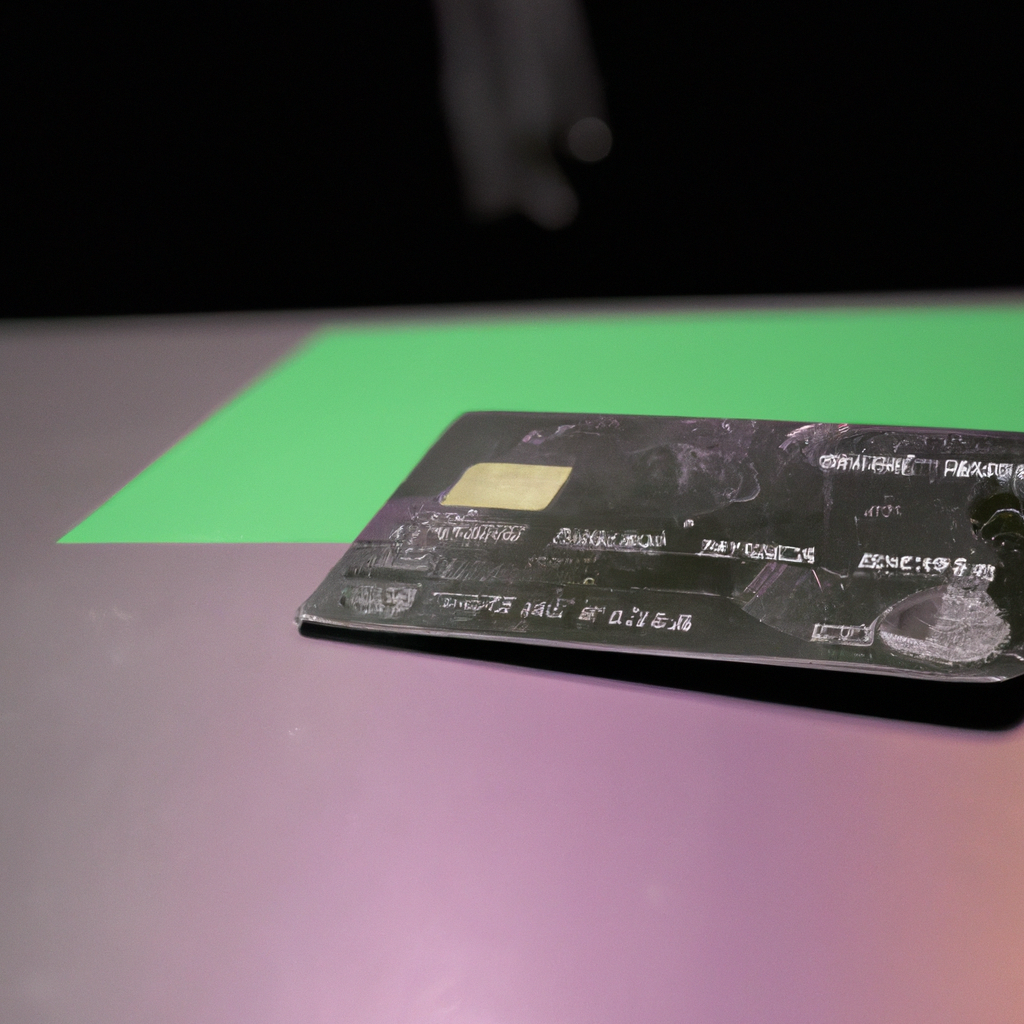Credit cards have been an essential part of modern-day transactions, making the process of purchasing goods and services more convenient than ever. The magnetic strip on a credit card is one of the most crucial components of the card’s functioning. In this article, we will delve into how a magnetic strip on a credit card works, the technology behind it, and its data storage capabilities.
Magnetic Strip on a Credit Card: What is it?
A magnetic strip on a credit card is a thin, black strip located on the back of the card. It is made up of a magnetic layer that can store data and is protected by a layer of plastic. This strip contains essential information about the cardholder, including their name, card number, and expiration date. The strip is read by swiping the card through a magnetic card reader.
The Technology behind the Magnetic Strip
The technology behind the magnetic strip on a credit card is based on the magnetic field. The magnetic layer on the strip is made up of numerous tiny magnetic particles that are aligned in a specific direction. These particles are arranged in a series of North-South polarity, which represents the binary digit “0” and “1” in the magnetic code.
When the magnetic strip is swiped through a card reader, the reader generates a magnetic field that interacts with the magnetic particles on the strip. The interaction between the magnetic field and the magnetic particles changes the direction of the particles, thereby creating a unique pattern of binary digits that represent the information stored on the strip. The card reader then decodes this pattern and sends the information to the processing system.
Data Storage Capabilities of the Magnetic Strip
The magnetic strip on a credit card has a limited data storage capacity, making it unsuitable for storing large amounts of data. The magnetic strip can store up to 60 characters of data, which is divided into three tracks. The first track contains the cardholder’s name and account number, the second track contains the card’s expiration date, and the third track contains additional information, such as the card’s security code.
The data stored on the magnetic strip is not encrypted, making it vulnerable to skimming and cloning. Skimming is a process where a thief uses a modified card reader to steal the information stored on the magnetic strip. Cloning involves copying the data stored on the magnetic strip onto another card, creating a counterfeit card.
Despite its limitations, the magnetic strip remains a popular technology for credit card transactions, mainly due to its low cost and widespread compatibility with card readers. However, many credit card companies are now transitioning to more secure technologies, such as EMV chips and contactless payments.
Conclusion
In conclusion, the magnetic strip on a credit card is a critical component of the card’s functioning, allowing for quick and easy transactions. Its technology is based on the interaction between the magnetic field and the magnetic particles, which create a unique pattern of binary digits that represent the data stored on the strip. The data storage capacity of the magnetic strip is limited, making it vulnerable to skimming and cloning. While the magnetic strip remains a popular technology, advancements in secure technologies are leading to its eventual replacement.







